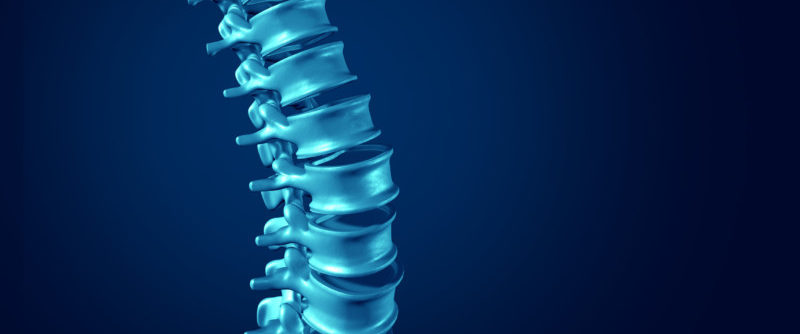Examining Brachial Plexus Neck Injuries
Category: Neck Pain, Nerves | Author: Stefano Sinicropi

A brachial plexus injury is an injury to a nerve in the neck and shoulder area. Brachial plexus injuries actually go by a number of different names, as sometimes they are called stingers or burners. These nerve injuries are most common during contact sports or during automobile accidents. Today, we take a closer look at causes, symptoms and treatment options for this type of nerve injury.
Brachial Plexus Causes and Symptoms
A burner injury is generally called by blunt force trauma to the shoulder above where the nerves branch and rejoin. The brachial plexus is a group of nerves in the cervical spine from C5 to C8-T1, and it includes the lower half of the cervical nerve roots and the nerve root from the first thoracic vertebrae. These nerves go from the spinal cord, through the neck, under the clavicle and armpit and through the arm. Injury to these nerves is generally caused by compression and trauma, from activities like:
- Football
- Car accidents
- Falls
- Gymnastics
- Wrestling
- Skiing/Snowboarding
Research also suggests that athletes with a narrow cervical spinal canal may be at an increased risk for a stinger.
Symptoms of the condition vary depending on the location of the nerve injury, but the common symptoms of a brachial plexus injury includes neck pain, a tingling sensation in the arms/shoulders, upper body weakness, numbness and a feeling that your arm is asleep or paralyzed.
Diagnosis and Treatment of Brachial Plexus Nerve Injuries
A brachial plexus injury can be diagnosed with a physical exam to test for nerve impairment. If the physician suspects you may have a stinger, they’ll confirm the diagnosis with an X-ray, MRI or an electromyogram. This will help the doctor pinpoint the exact area of damage.
Once the damage is understood, the doctor will explain your treatment options.
- Nonsurgical Treatment – Non-operative treatment involves protecting the neck and shoulder area. Oftentimes this is done by removing the athlete from sports or wearing a brace or protective pad. Once the area is protected, rest, strengthening exercises, physical therapy and range of motion exercises are a few of the optimal treatment options.
- Surgery – Surgery is never really considered as a way to address stinger issues, but if the injury caused damage to other structures, a minimally invasive option may help relieve discomfort.